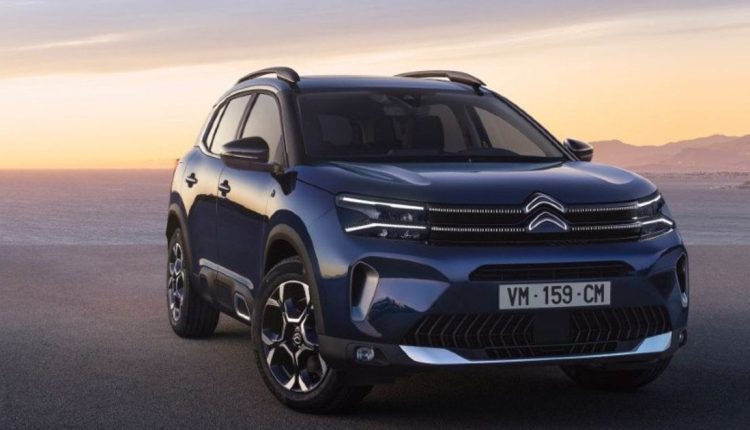“Being profitable in India is possible if you do things the India way,” Tavares said on Tuesday.
He said this includes sourcing parts locally and vertically integrating the supply chain to keep costs low, and engineering cars locally with features Indian consumers want and are willing to pay for.
Stellantis outlined a new group strategy to boost revenue and keep profit margins high as it steps up efforts to roll out electric vehicles.
The focus on India comes at a time when the automaker is facing headwinds in China, where it is adjusting its strategy amid lagging sales and strong competition, and in Russia, where it has suspended production due to the Ukraine war.
“The challenges … are giving India a bigger opportunity, even bigger than in the past,” Tavares said.
At the heart of its India plan is Stellantis’ smart car platform program which it has developed in the country to allow it to launch small, gasoline-powered cars of less than four meters in length, Tavares said. Small cars are taxed at lower rates, making them more affordable.
The automaker will also launch electric versions of its small cars starting next year, he said.
Small cars have been an Achilles’ heel for most global automakers in India and trying to compete in that space has been a race to the bottom for companies including Ford and General Motors, leading to their eventual exits.
But Tavares is confident of Stellantis’ approach — before building cars, it has strengthened its supply chain.
Stellantis manufactures its powertrains and transmissions locally and sources more than 90 percent of the vehicle’s contents in India.
Its engine plant in southern India is a global benchmark on cost and quality and it plans to do the same at its two car plants, where it manufactures Jeep SUVs and Citroen cars, Tavares said.
“We have been working for many years now on localization, vertical integration in India, to enjoy the smart frugality of India,” he said.
Stellantis has invested more than 1 billion euros ($1.05 billion) in its Indian operations since 2015.
The automaker also wants to source cells and batteries from India whenever the supply chain develops, Tavares said, adding that this would be the only way to build affordable EVs.
Stellantis has less than 1 percent of India’s car market of 3 million units a year, but Tavares said he is not chasing volumes in India or globally.
“We believe the world is changing and in some cases being too big may be a penalty,” he said.


